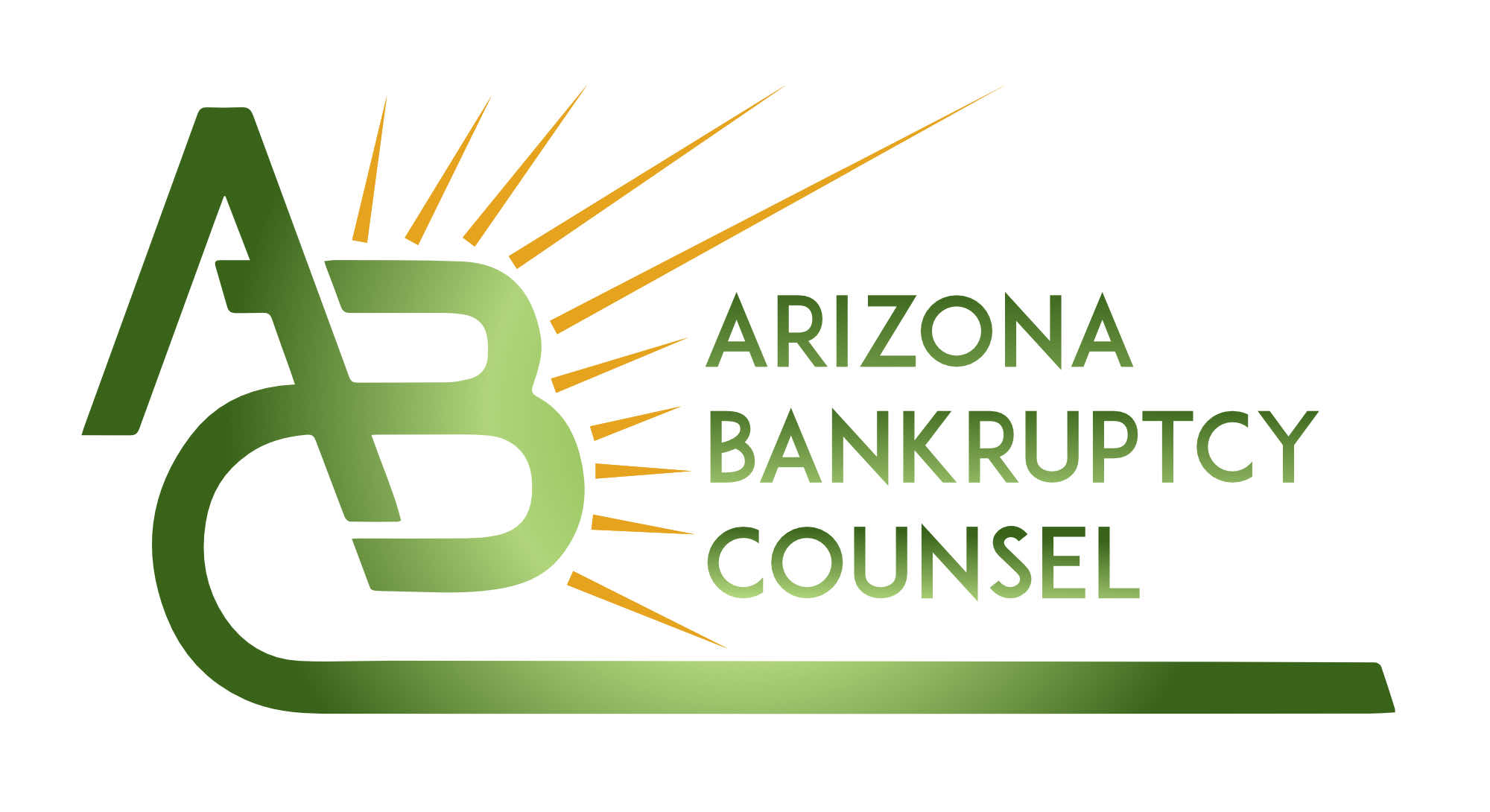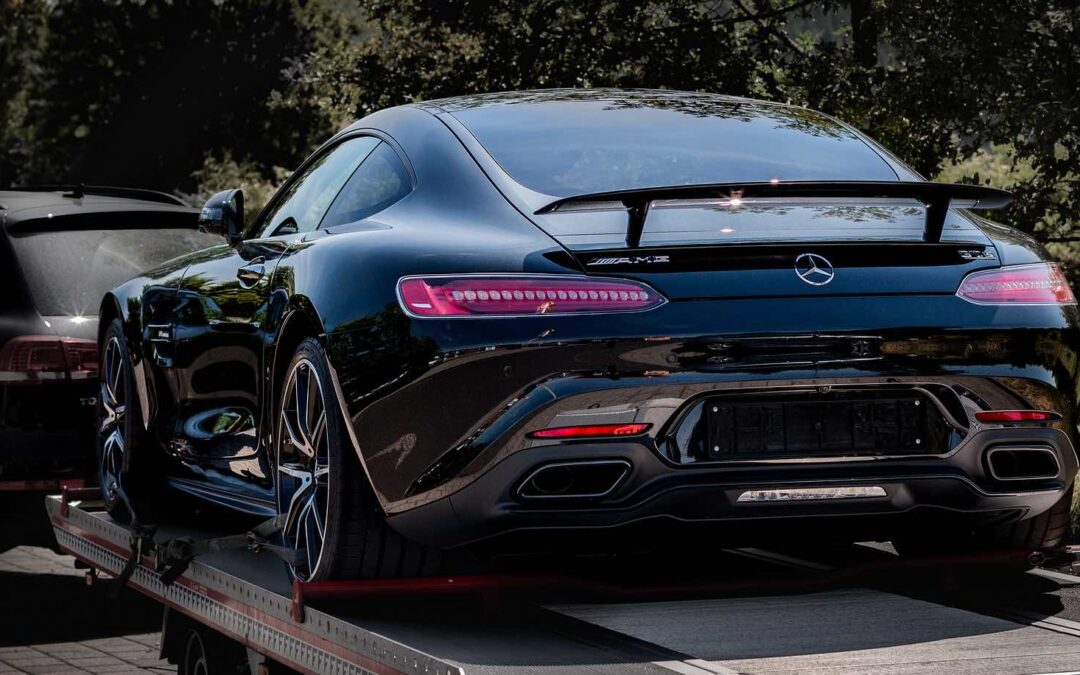A common question that gets asked at our firm is, “What do I do if my car gets repossessed?” If a creditor has repossessed your vehicle, you have some options, but will need to act quickly to preserve your rights.
Was the contract breached?
First, you should determine whether you in fact breached the contract. The most common breaches are missed payments and lapsed insurance. If your payments were on time and the car was properly insured, chances are good that the repossession was wrongful. However, these are not the only ways you can breach a contract, and you should find out what the creditor believes you did and review the contract to see if you did, in fact, breach the contract.
Were they allowed to repossess?
Second, you should make sure that the creditor had the right to repossess the car under the contract and under state law. There should be a “security agreement” in, or in addition to, the contract which gives the creditor the right to repossess. The contract may also contain provisions requiring the creditor to give notice or take other steps before repossessing.
Did they repossess your vehicle correctly?
Third, you should determine whether the repossession was properly conducted. For this, you will need to review the contract and state law. For example, repossession would be wrongful if the repossession agent used or threatened violence to take possession, or engaged in any other “breach of peace.”
What should you do if your car is repossessed?
Fourth, you should determine whether to initiate a lawsuit. If you did not breach the contract, if the creditor did not have the right to repossess, or if the repossession was conducted improperly, you may have the right to sue to recover possession, an award of money, or both. To recover possession, the lawsuit would need to be initiated very quickly — before the creditor sells the car. You should explore whether the lender will allow, and whether you can afford, to bring the loan current or pay it off to recover the vehicle.
How can bankruptcy help a repossession?
Sixth, you should determine whether a bankruptcy would offer a good solution for you. Bankruptcy is an “all in” situation, involving all of your assets and all of your debts. (This does not mean you lose all of your assets or discharge all of your debts. There are exempt assets and exceptions to discharge, but even these need to be disclosed as part of the bankruptcy process.) Accordingly, you should be prepared to address your entire financial situation rather than expect bankruptcy to address only the repossession.
Filing a bankruptcy petition will stop the creditor from selling the car. For this to work, you will need to file the bankruptcy and give notice of the filing before the creditor sells the car.
How a chapter 7 bankruptcy can address a repossession
In a chapter 7 bankruptcy, you need to take additional steps to recover possession. You will need to demand return of the car, and will usually need to file a motion with the court to compel turnover of the car. At the same time, the creditor can ask the bankruptcy court for permission to proceed with the sale.
To secure possession and prevent the sale, you will also need to redeem the car or reaffirm the car loan. Redemption allows you to pay the car’s value rather than the loan balance, and may be a good option if you owe more than the car is worth. If you do not have the cash to pay the car’s value at once, there are lenders who offer loans to fund the payment. You should carefully evaluate the terms of any loan and evaluate your ability to make the payments required by the new loan. Because the new loan is entered into post-bankruptcy, it will not be discharged like your pre-petition debts.
Reaffirmation requires you to negotiate a new deal with the lender. Depending on the lender, you may be able to secure terms that allow you to cure missed payments over time. However, reaffirmation is a serious decision, as it means that your personal liability for the loan is not discharged. I seldom recommend this option.
How a chapter 13 bankruptcy can address a repossession
In a chapter 13 bankruptcy, you will often also need to demand return of possession. Instead of redemption or reaffirmation, however, you will address the car loan in your chapter 13 plan. This may involve paying the value of the car (rather than the loan balance) over time, or staying current on your future car payments and repaying your missed payments over time through the chapter 13 plan.
How a chapter 12 bankruptcy or a chapter 11 bankruptcy can address a repossession
If you file a chapter 12 bankruptcy case (for farmers and family fishermen) or a chapter 11 bankruptcy case, you will proceed much as outlined for a chapter 13 case: demand return of possession, stay current on future car payments, and address the car loan in your plan.
Finally, you should consider which option best fits your situation: payment, litigation, bankruptcy, or letting the creditor sell your car. Be aware that simply doing nothing will not address any “deficiency” you owe. A deficiency is the loan balance, plus expenses, less the amount the creditor received at the sale of your car.
Again, you should act quickly. Some of your rights will disappear if you do not act promptly.
Please feel free to contact me online, by phone at 480-639-6719 or by email to [email protected], to discuss these options in more detail and to identify the solution that best fits your situation.

